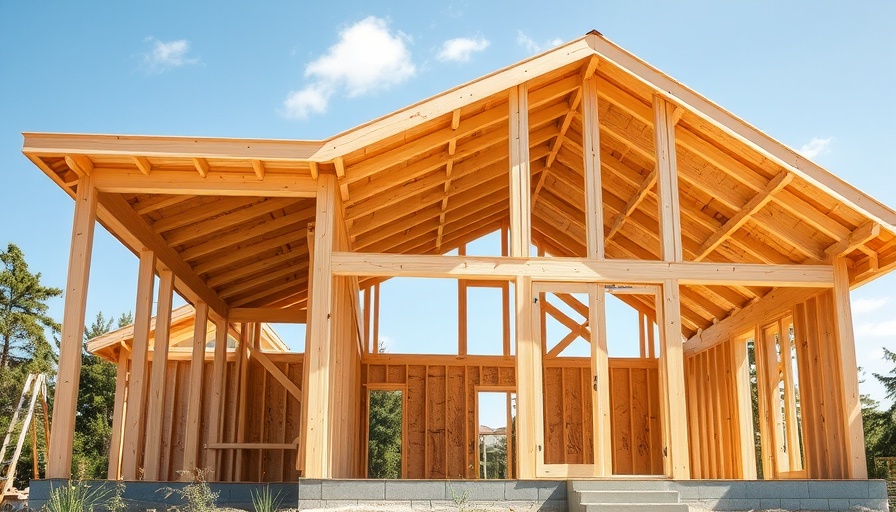
Understanding the Current Landscape of Construction Jobs
The construction sector has experienced a stagnation in job growth, particularly evident in the latest reports highlighting limited advancements in July. This trend resonates across various sub-sectors, prompting business owners, property developers, and facility managers to reassess their strategies for navigating an unpredictable market.
Why Job Growth Matters for Construction Professionals
For stakeholders in the construction industry, including commercial construction firms, the fluctuation in job growth can have a significant impact. When construction jobs stall, it often affects project timelines, budget allocations, and workforce availability, ultimately influencing the bottom line. Moreover, these trends underscore the necessity for innovative practices that maximize efficiency and sustainability within ongoing and future projects.
Insights from Recent Trends
The Bureau of Labor Statistics indicates a subtle decline in construction employment, despite a robust demand for residential and commercial projects. This paradox may be attributed to various factors, including rising costs of materials and labor shortages. Notably, data also shows that contractors are increasingly turning to efficiency-enhancing technologies and sustainable practices to mitigate these challenges. Innovations such as Building Information Modeling (BIM) and energy-efficient construction models have been gaining traction, helping businesses stay competitive in a tight labor market.
Future Predictions: What Lies Ahead for the Industry?
As we observe current trends, it becomes clear that the industry's trajectory will also depend on broader economic conditions. Experts predict that if inflation rates stabilize and supply chain issues are resolved, construction jobs could rebound in the coming months. However, this recovery will heavily rely on the industry's adaptability and willingness to embrace new technologies that streamline processes and reduce dependency on labor.
The Role of Sustainability in Shaping Job Growth
A critical element in reversing the job growth stagnation could be the integration of sustainability in construction practices. Many businesses are recognizing that green building not only meets market demand but also attracts a workforce that prioritizes ethical and sustainable work environments. With pressure mounting on construction firms to adopt eco-friendly methods, fostering a culture of sustainability could lead to new job opportunities and overall growth.
Actionable Insights for Stakeholders
For business owners and construction professionals, now is the time to leverage data-driven decision-making and innovative techniques that promote sustainability. Investing in training programs that focus on green technologies could make your workforce more adaptable and skilled in emerging areas, thus providing a significant advantage in a competitive market.
As a community-focused business leader, consider advocating for green building initiatives that not only benefit your bottom line but also contribute positively to societal well-being. By prioritizing sustainable practices now, you can position your firm to thrive when job growth rebounds.
In light of these insights, stay informed about market trends, and explore further resources that can enhance your strategic decision-making. Engage in forums and discussions to gain diverse perspectives on the evolving construction industry landscape.
 Add Row
Add Row  Add
Add 




Write A Comment